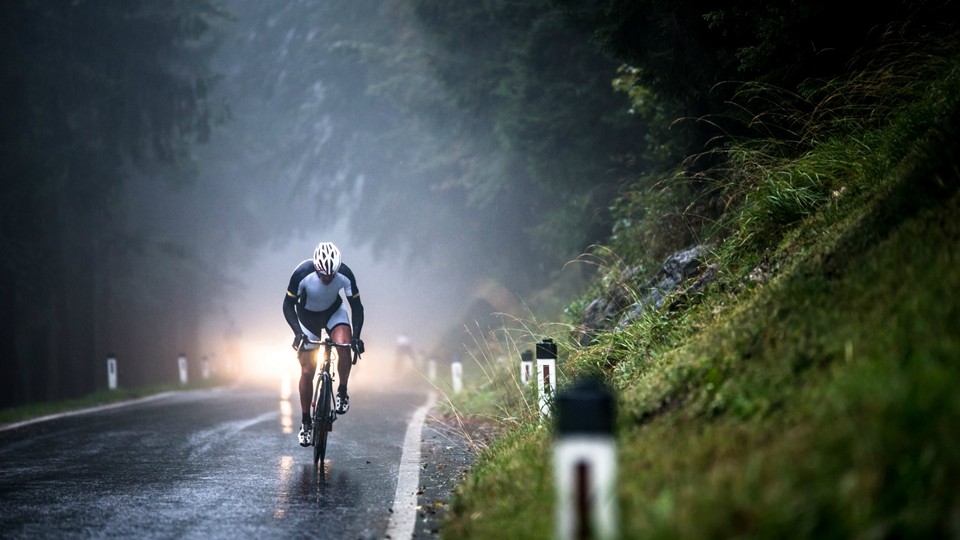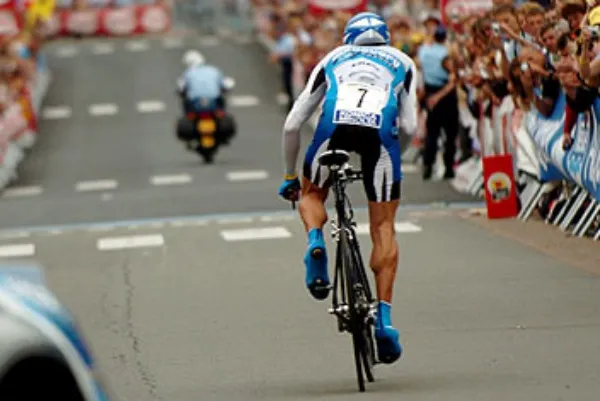Cycling is not only a fantastic form of exercise but also an eco-friendly mode of transportation. Whether you’re a seasoned cyclist or just starting out, conserving energy while cycling is essential for an enjoyable and efficient ride. By adopting smart practices and making a few adjustments, you can ride longer and farther while expending less energy. In this article, we’ll explore ten tips for conserving energy when cycling.
- Maintain Proper Tire Pressure
One of the simplest ways to conserve energy while cycling is to ensure that your tires are properly inflated. Under-inflated tires create more rolling resistance, making your ride feel sluggish and requiring more effort. Regularly check and maintain your tire pressure within the recommended range specified on the sidewall of your tire.
- Optimize Your Bike Fit
An ill-fitting bike can lead to inefficient pedaling and wasted energy. Make sure your saddle height, saddle position, and handlebar height are adjusted to your body’s proportions. A professional bike fitting can significantly improve your comfort and energy efficiency on the road.
- Use a Smooth Pedaling Technique
Pedaling smoothly and efficiently can save energy over long rides. Focus on maintaining a circular motion with each pedal stroke, utilizing both the up and down portions of the pedal cycle. Avoid stomping on the pedals, as this can lead to unnecessary energy loss.
- Choose the Right Gears
Selecting the appropriate gear for your terrain and cadence is crucial for energy conservation. Use lower gears for steep climbs and higher gears for flat or downhill stretches. Shifting gears early can help you maintain a consistent pedaling rhythm and save energy.
- Draft Behind Others
When cycling in a group or with a partner, take advantage of drafting. Riding closely behind another cyclist can reduce wind resistance and make it easier to maintain speed. Just be sure to communicate and ride safely, maintaining a safe distance to avoid accidents.
- Reduce Wind Resistance
Wind resistance is a major energy drain, especially at higher speeds. Minimize your body’s exposure to the wind by adopting an aerodynamic riding position. Tuck your elbows in, lower your torso, and keep your head down to reduce drag and conserve energy.
- Plan Your Routes Wisely
Choosing your cycling routes carefully can help you conserve energy. Avoid routes with constant steep climbs or headwinds if possible. Plan your rides to take advantage of favorable conditions, such as tailwinds or downhill stretches.
- Stay Hydrated and Fuel Up
Dehydration and a lack of nutrition can lead to premature fatigue. Carry enough water and energy snacks to stay properly hydrated and fueled during your rides. Consuming carbohydrates and electrolytes can help sustain your energy levels.
- Pace Yourself
Resist the urge to go all out at the start of your ride. Instead, pace yourself and gradually build up to your desired speed or intensity. Pushing too hard too early can lead to early exhaustion and wasted energy.
- Maintain Your Bike
Regular bike maintenance is essential for energy-efficient cycling. Keep your chain clean and lubricated, ensure your brakes are working correctly, and check for any loose or worn-out components. A well-maintained bike will roll smoothly and require less effort to pedal.
Conserving energy when cycling not only enhances your performance but also extends the enjoyment of your rides. By following these ten tips, you can become a more efficient cyclist, cover longer distances, and tackle challenging terrains with less fatigue. Cycling is not just about speed; it’s about optimizing your energy output to achieve your cycling goals while having fun on two wheels.









